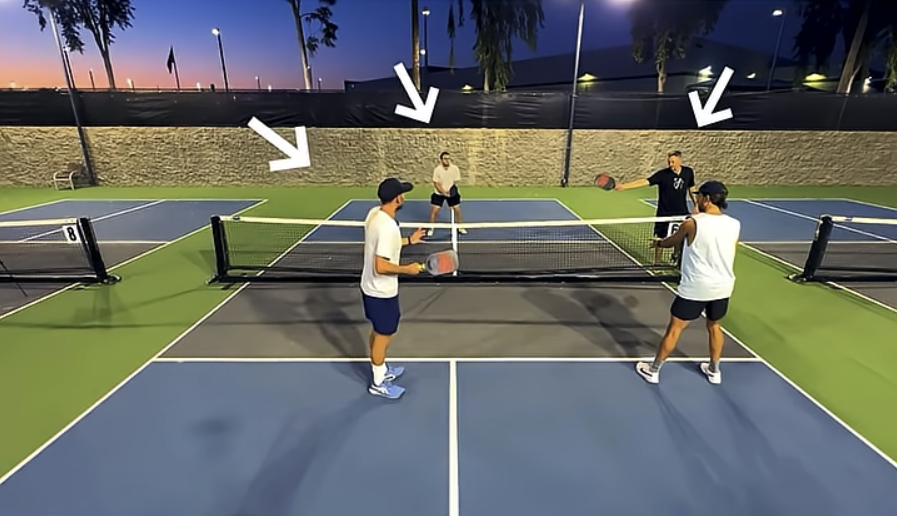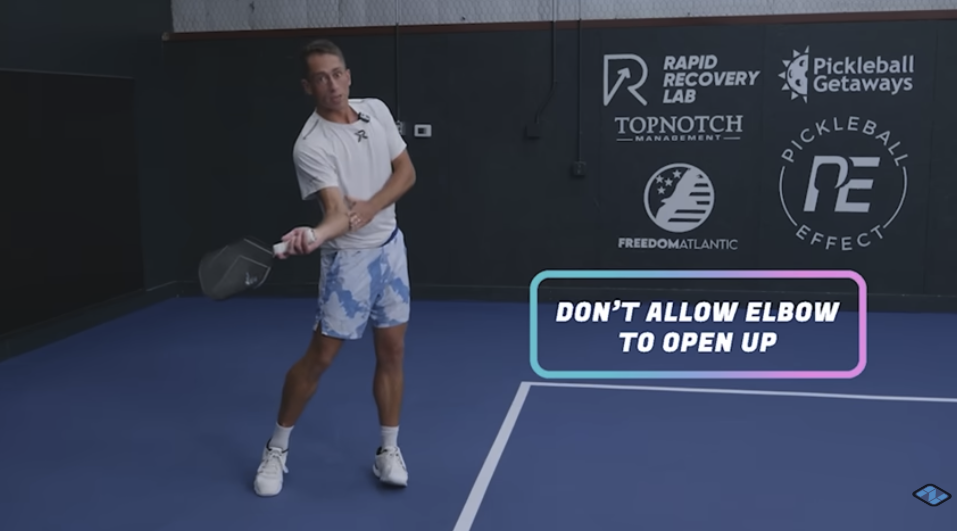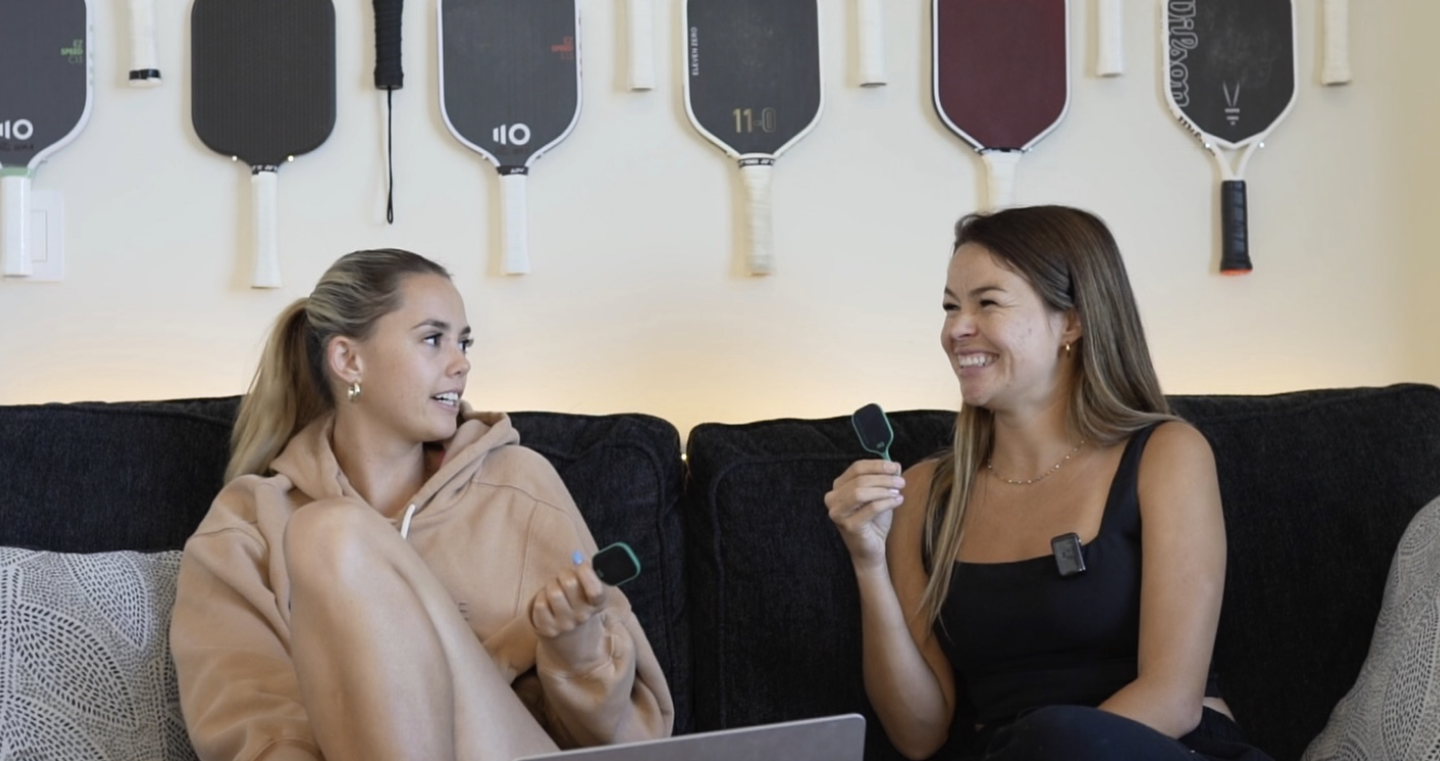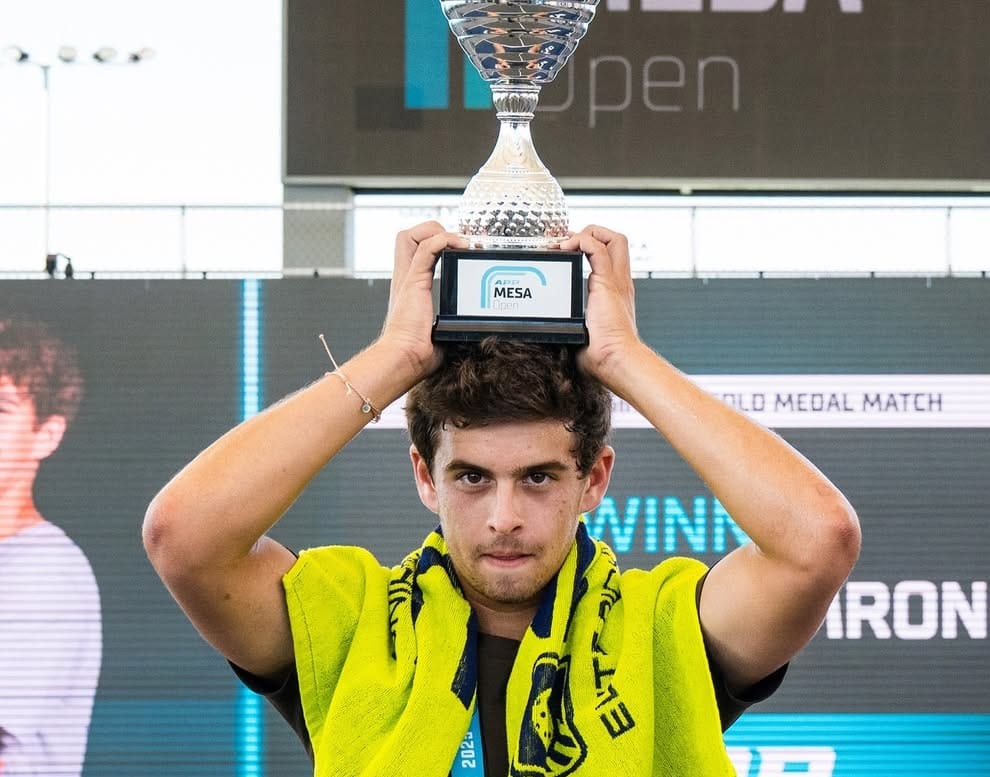
JohnCincolaPickleball

Hey guys, it’s John from John Cincola Pickleball. There’s one skill in pickleball that stands above all the rest. Why? Because if you don’t have it—and your opponents know you don’t have it—it’s game over. So what is this all-important skill? You might think it’s dinking, the third shot drop, keeping the ball in the kitchen, or making your shots unattackable. Nope. It’s what we call counterattacking—your ability to handle pace from your opponent.
In this article, I’m going to give you three tools to help you handle anything your opponents throw at you. Stick around until the end because I’ll also share my two favorite drills that I do in almost every drilling session.
Why Counterattacking is So Critical
Let me paint a picture. You and I are playing a match. We’re just a few points in, and I decide to speed a ball up at you at the kitchen line. You flinch, flail, look uncomfortable, pop the ball up. The second I see that, guess what I’m doing for the rest of the match? Yep—hitting hard balls at you, over and over.
At that point, it doesn’t matter if you’re the better dinker or dropper. I can pick any ball I want and just speed it up at you, probably winning the point eventually. That’s why counterattacking is such a crucial skill. It’s what holds all your other shots together.
The Three Tools to Improve Your Counterattack
So now that we understand why this matters, let’s get into the how. I’ve got three tools to help you out: mindset, technique, and spacing.

1. Mindset: Be Assertive, Not Passive
Mindset is critical. If your opponent speeds the ball up at you and you react passively, you’ll tense up, block the ball weakly, and feel like they’re in control. That’s exactly what you want to avoid.
Instead, even though the shot is fast, you need to meet it with purpose and put your own energy into the ball. You’re not just reacting—you’re redirecting it with authority. Your shot still has intent.
2. Technique: Relaxed and Compact
This is where it gets tough. You need to:
- Start in a relaxed ready position. That means no tense shoulders, no tight grip. Loose arms, relaxed posture.
- Keep your swing compact. No backswing. You’re simply taking the paddle from your ready position and moving it directly to where the ball is going—almost like catching a baseball. No need to swing through the ball.
- Return to your ready position after the shot. Avoid finishing with a huge swing that leaves you off-balance. You want to go from relaxed, to contact, and back to relaxed.
3. Spacing: Give Yourself Time
At the kitchen line, if your opponent speeds the ball up at you, you’ve got about a quarter of a second—or less—to react. Even with fast hands, that’s tough.
If you hit a shot that might be attackable (like a “dead dink” that sits up in front of them), take one big step away from the kitchen line after you hit it. (see figure 1 if you need to remind yourself of where the kitchen line is). That single step gives you roughly 30% more reaction time. That’s huge. It might be the difference between getting jammed and being able to read and counter their attack.

I call this the Counterattack Position—if you think an attack is coming, give yourself a bit of space, get in position, and prepare to fire back with purpose.
My Two Favorite Counterattack Drills
As promised, here are my two favorite drills to improve hand speed and counterattack ability. Both require a partner, and you’ll be at the kitchen line the whole time.
Drill 1: Fast Hands Volley Patterns
This is a cooperative volley drill done in 3-minute increments:
- Forehand to Forehand: Volley as fast as you can, both using forehands.
- Forehand to Backhand
- Backhand to Forehand
- Random Ball: Now anything goes—forehand, backhand, mix it up.
Each pattern lasts 3 minutes. Focus on technique—keep it compact and efficient.
Drill 2: Dink and Speed-Up
Here’s how it works:
- Designate one player as the attacker, the other as the counterattacker.
- Start a dink rally.
- The attacker speeds up one of the first two to three balls.
- The counterattacker tries to handle it and play out the point.
Do this for 5 minutes, then switch roles. Repeat. This builds awareness of when speed-ups happen and helps you react with better technique.
Final Tip
Snap a screenshot of this summary so you can have all the info at your fingertips next time you hit the court!
For exclusive content and full-version tutorials, make sure to check out my YouTube channel, ➡️ John Cincola Pickleball.
Related Articles:
Anuncie Aqui / Advertise Here
Sua marca para o mundo Pickleball! / Your brand for the Pickleball world!

 English
English  Spanish
Spanish  Portuguese
Portuguese  German
German  Italian
Italian  Japanese
Japanese  French
French  Polish
Polish  Russian
Russian  Netherlands
Netherlands  Hungarian
Hungarian  Turkish
Turkish  Videos
Videos  Pickleball Portal
Pickleball Portal









 English (US) ·
English (US) ·  Portuguese (BR) ·
Portuguese (BR) ·